
Aquaculture or fish farming is becoming more popular. This is a process of producing aquatic plants and animals in a controlled environment. The Chinese started fish farming over 2,000 years ago. However, since the 1960s this line of industry grew quite a lot. For instance, in the 1984 the worldwide production was 10 million metric tons and in the year of 1998 it was 38 million metric tons. However, during that period there was a lot of uncontrollable fishing and many of the fish species crashed and are not given a lot of chance of making full recovery. Experts think that by the year 2030 over 50% of all fish products will come from aquaculture.
In comparison to other agricultural standards like ranching for instance commercial aquaculture is still in the early stages of developing. Aquaculture is still far from the goals that were set but it is taking long strides towards them.
Consumer issues
People who are thinking about whether they should purchase wild or farmed fish have at least five nutritional issues. The first one is the amount of omega-3 fatty acid. The second issue is organic residues like PCBs for instance. Heavy metal contamination is the third issue. The fourth are the synthetic carotenoids and the fifth are the residual antibiotics. Cost is also an important issue to a lot of customers as well. For some the environmental consideration is also important.
Aquaculture fish vs. wild fish
Every study that looked into the farmed and wild species showed a slight reduction in the ratio of omega-3 fatty acid to other fatty acids that are in the fisheries products. This shows that famed products have a generous amount of the fatty acid.
Unlike the wild fish the farmed ones are less likely to be contaminated. The reason for this is because aquaculture operations give the farmed fish some sort of an isolation from contaminants. However, there were some studies which have discovered certain heavy metals like mercury and cadmium in both aquacultured and wild salmon. An ecological process of bioaccumulation showed that because of that some large fish like wild tuna for instance tend to harbor elevated levels of mercury.
People are also worried about the label that says “color added” to farmed fish and how hat will affect their health. However, this does not mean that colors are in some way injected into the fish. It means that natural carotenoid pigments are added to fish feeds which impart color to fish flesh.
Pollution and other ways of environmental damage are often connected to aquaculture but people in charge assure the nation that all measures are taken in order to prevent that from happening.


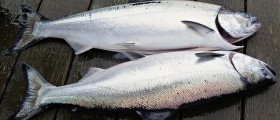


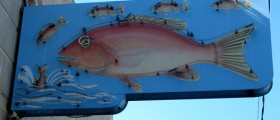
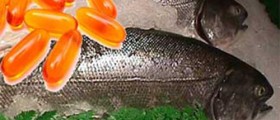

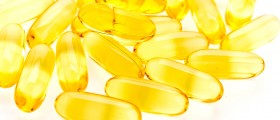



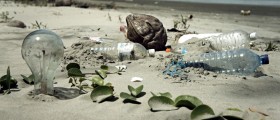

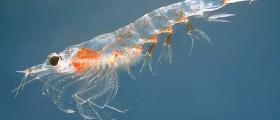
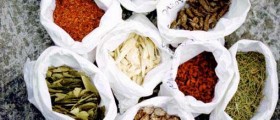

Your thoughts on this
Loading...